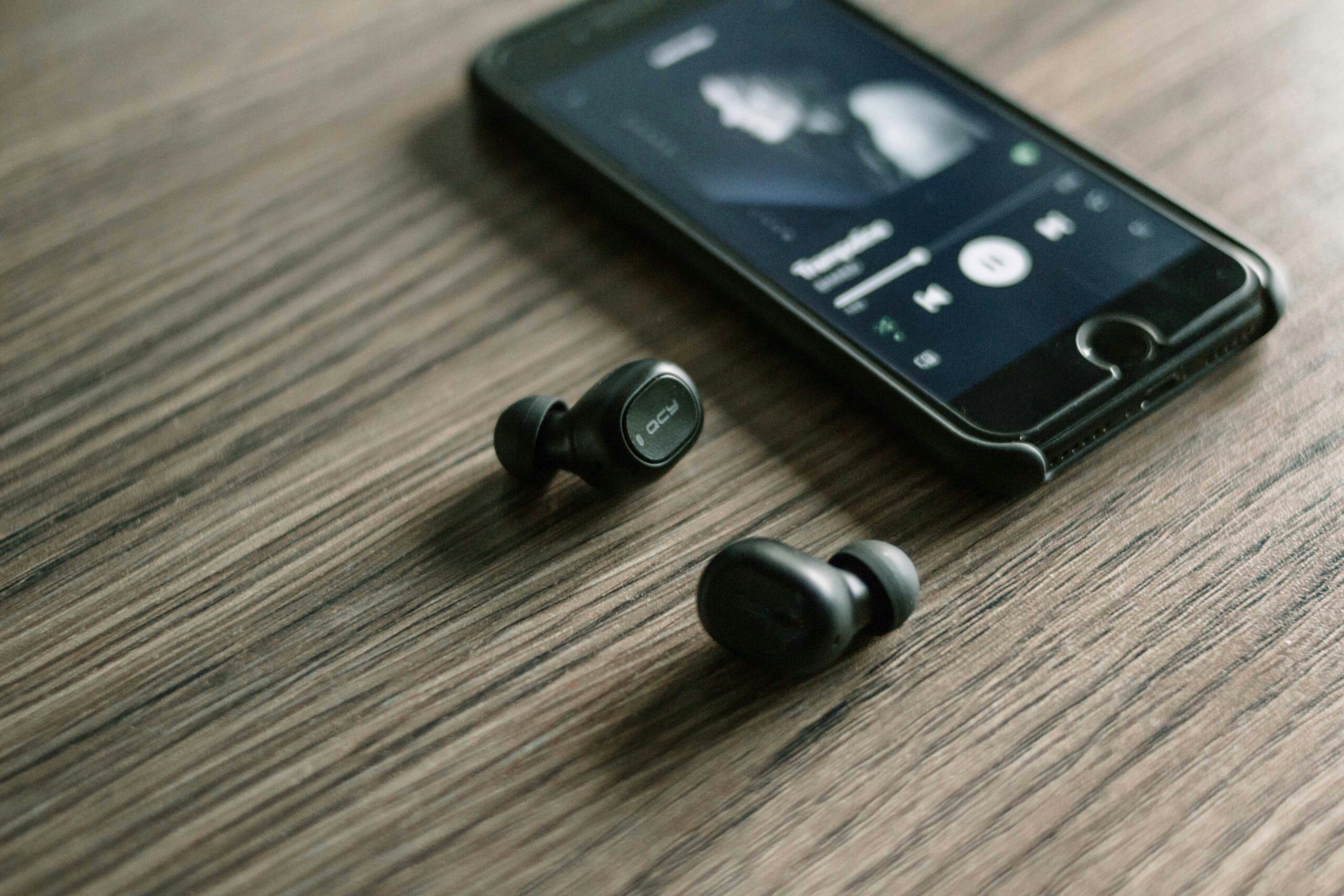Streaming music habits reveal intriguing patterns across various demographics, according to a survey conducted by CivicScience. The survey gathered responses from nearly 60,000 U.S. users, shedding light on how different groups engage with streaming music daily.
One of the standout findings is that 25% of respondents do not listen to streaming music at all on a typical day. Meanwhile, 31% tune in for an hour or less, and 16% indulge for four or more hours. This data highlights a significant portion of the population that either abstains from or limits their streaming music consumption.
Age plays a crucial role in streaming habits. Younger individuals, particularly those aged 18-24, are more inclined to listen for extended periods, with 22% dedicating four or more hours daily. In contrast, older adults, especially those 65 and older, are less engaged, with 44% not listening at all.
Take our Poll: In a typical day, about how many hours do you listen to streaming music?
Parental status also influences listening patterns. Parents and non-parents are evenly distributed among listeners, but grandparents show a marked decrease in longer listening durations. Only 12% of grandparents listen for four or more hours, compared to 45% of parents.
Urbanicity affects streaming habits significantly. City dwellers are more likely to engage in longer listening sessions, with 37% listening for four or more hours. Suburban and rural residents are less likely to do so, with only 33% and 24%, respectively, reaching the same duration.
Income levels reveal a surprising trend: lower-income individuals tend to listen more. Among those earning $0-$29,999, 27% listen for four or more hours, while higher income brackets show a decline in longer listening durations.
Gender distribution is relatively balanced across all listening categories, though women slightly outnumber men in higher listening categories. For instance, 54% of those listening for four or more hours are female.
Education level correlates inversely with streaming duration. Individuals with a high school education or less are more likely to listen for extended periods, with 31% tuning in for four or more hours. Conversely, those with graduate degrees are less likely to do so, with only 11% reaching the same duration.
These findings underscore the diverse ways in which different demographics engage with streaming music. Younger, lower-income, and urban residents are more inclined to spend significant time streaming, while older, higher-income, and more educated individuals tend to listen less. This data provides valuable insights into the streaming music landscape, highlighting the varied preferences and behaviors across the U.S. population.
This article’s data comes solely from CivicScience’s database, which contains nearly 700,000 poll questions and 5 billion consumer insights. Our AI content creation tool, DataScribe, supported the article.



